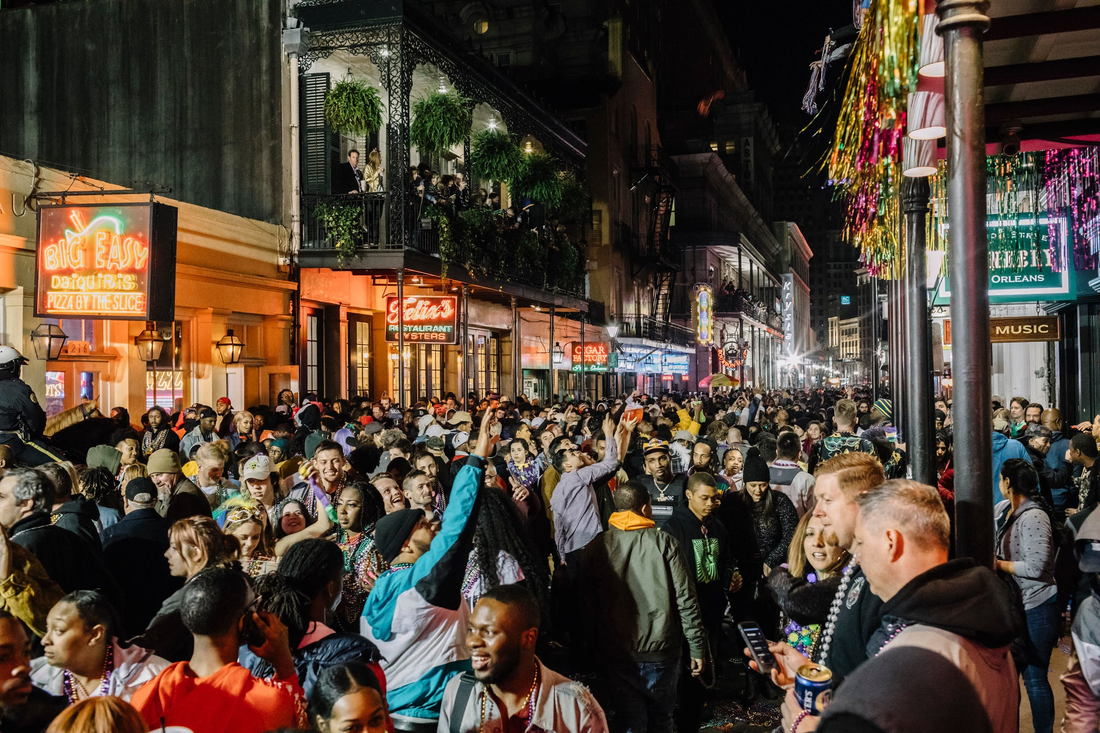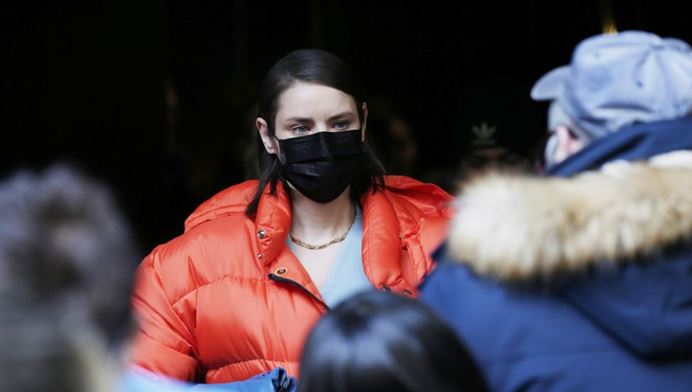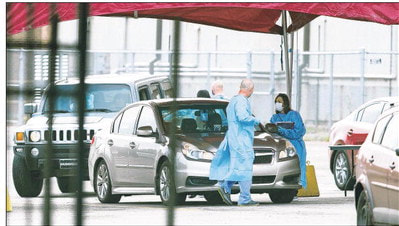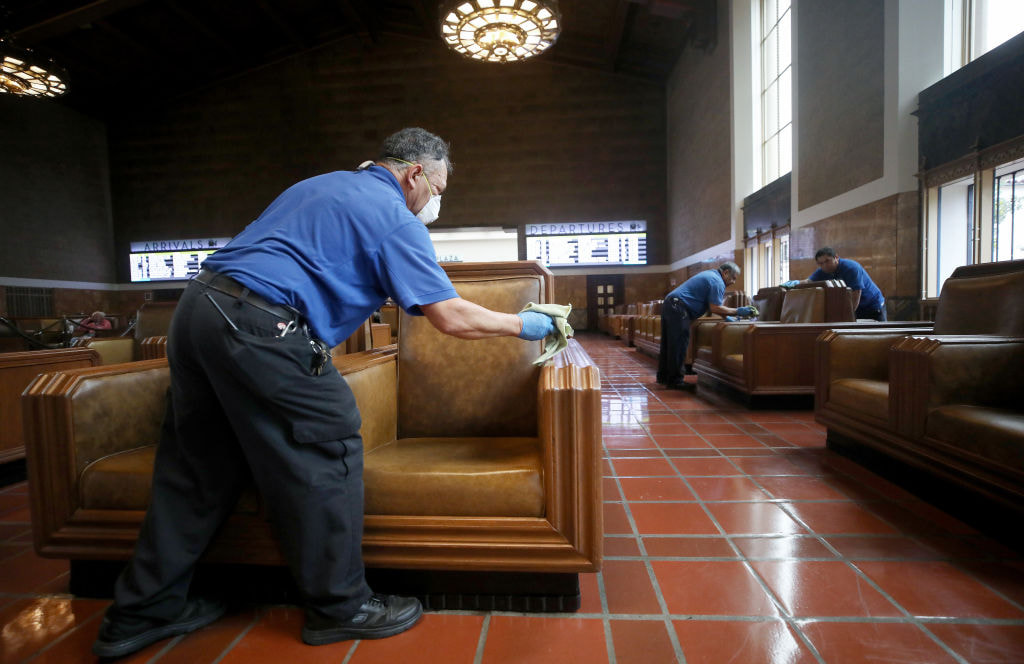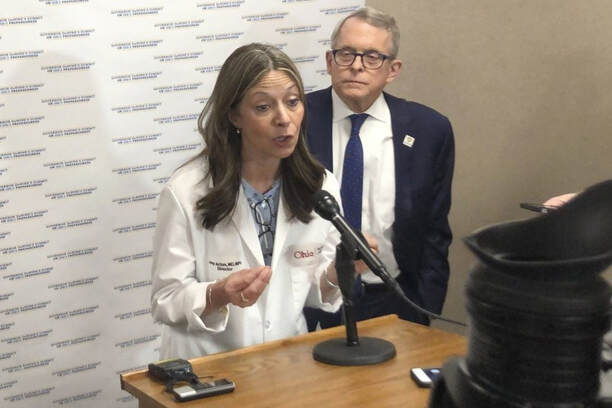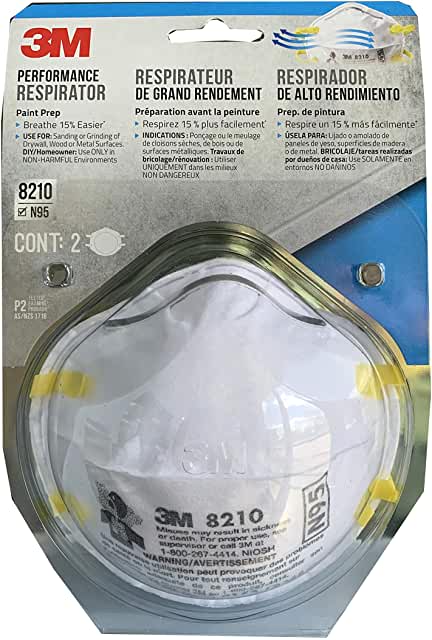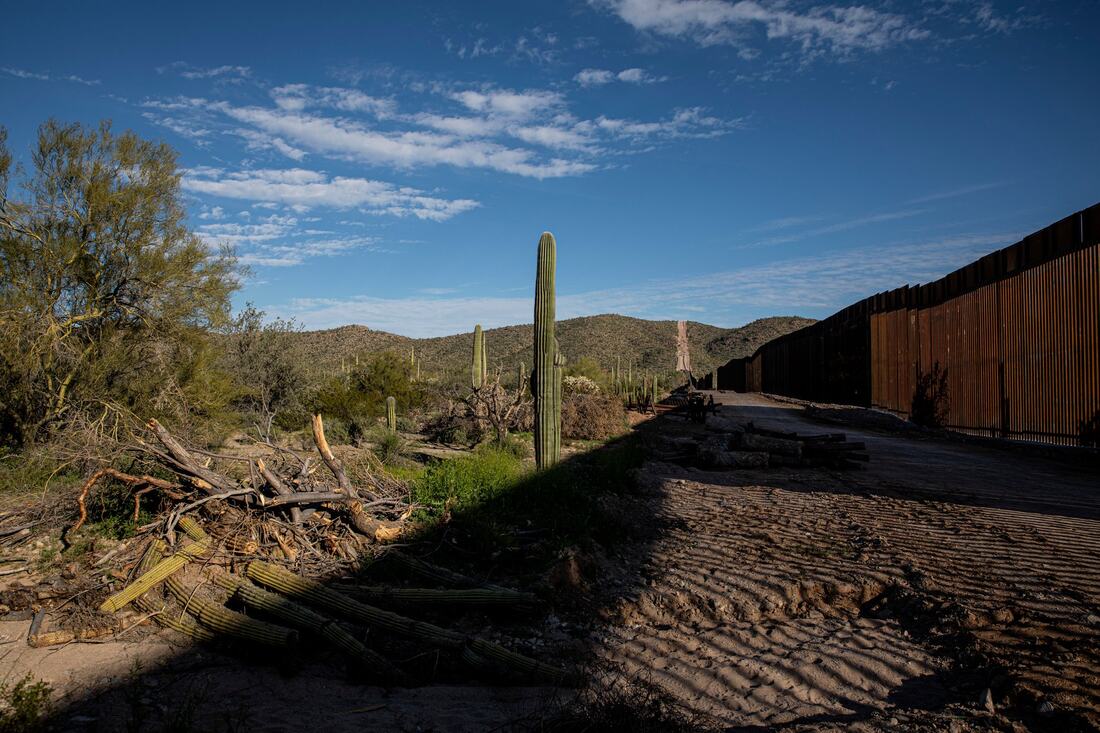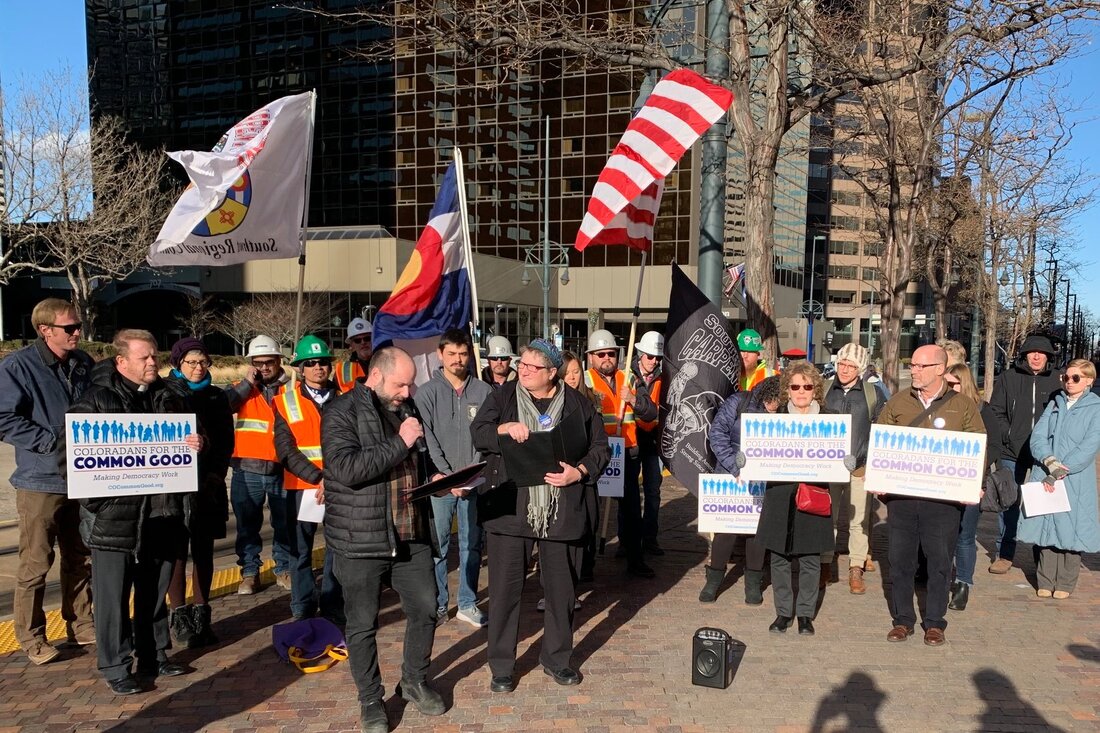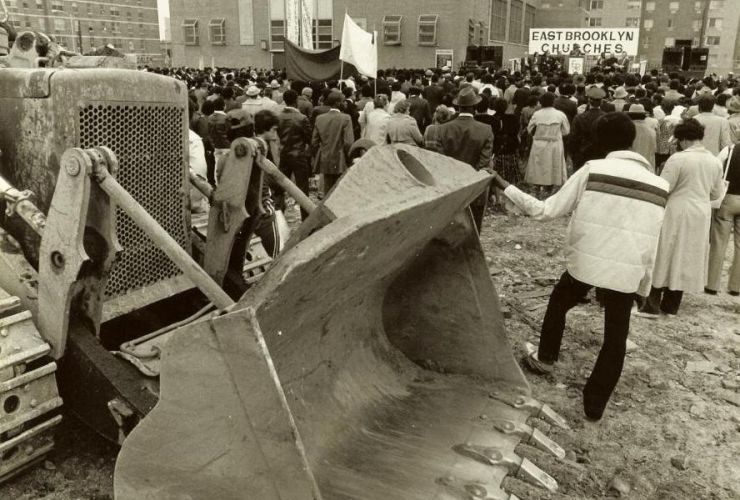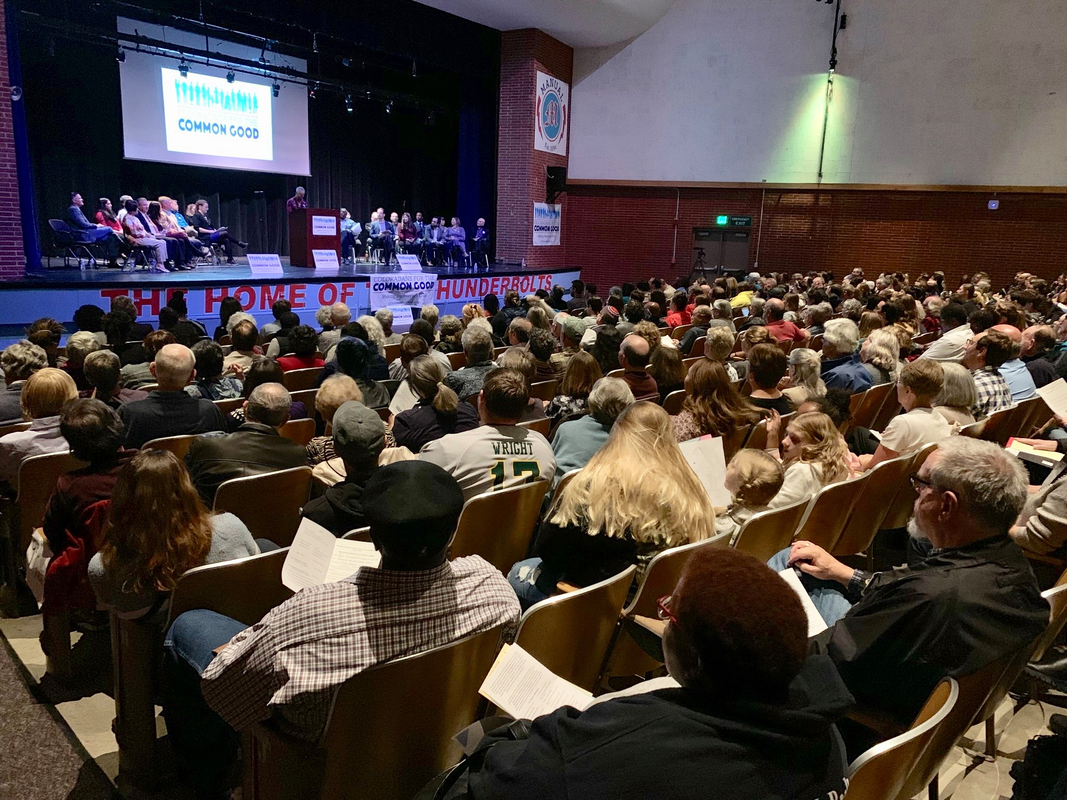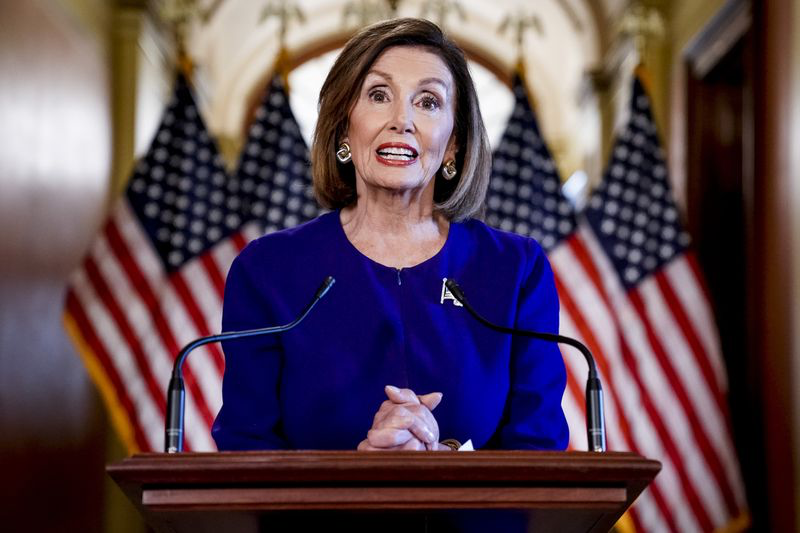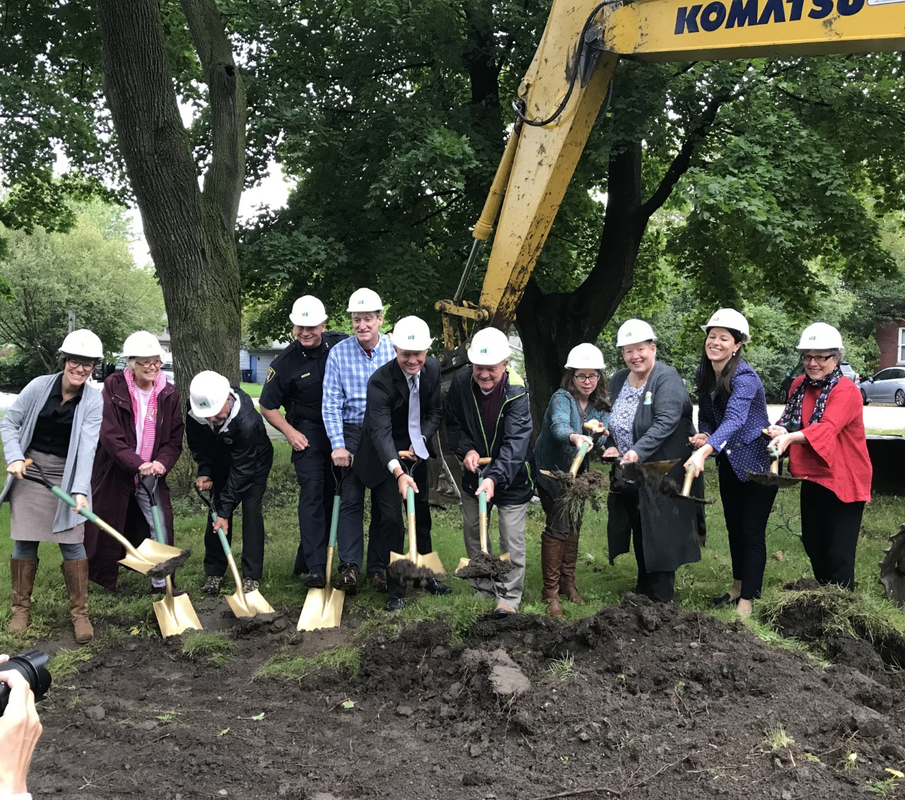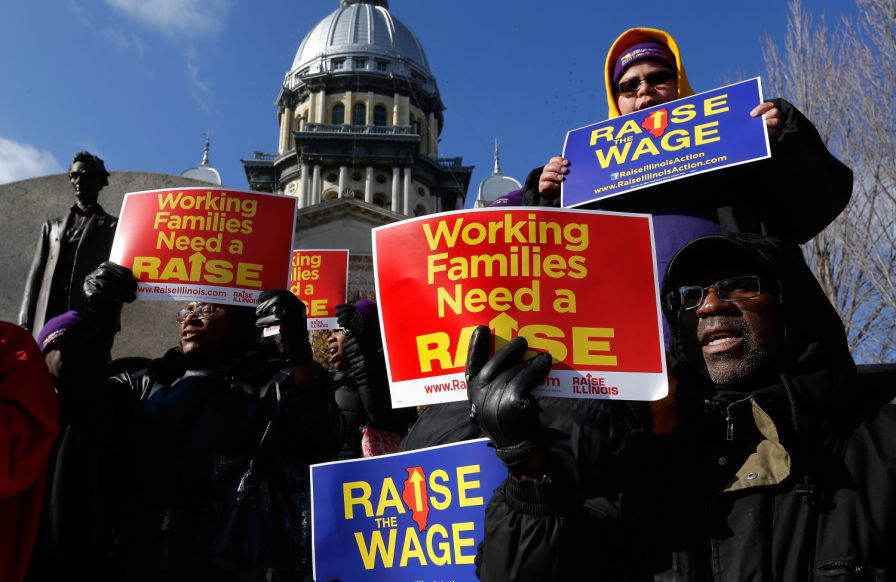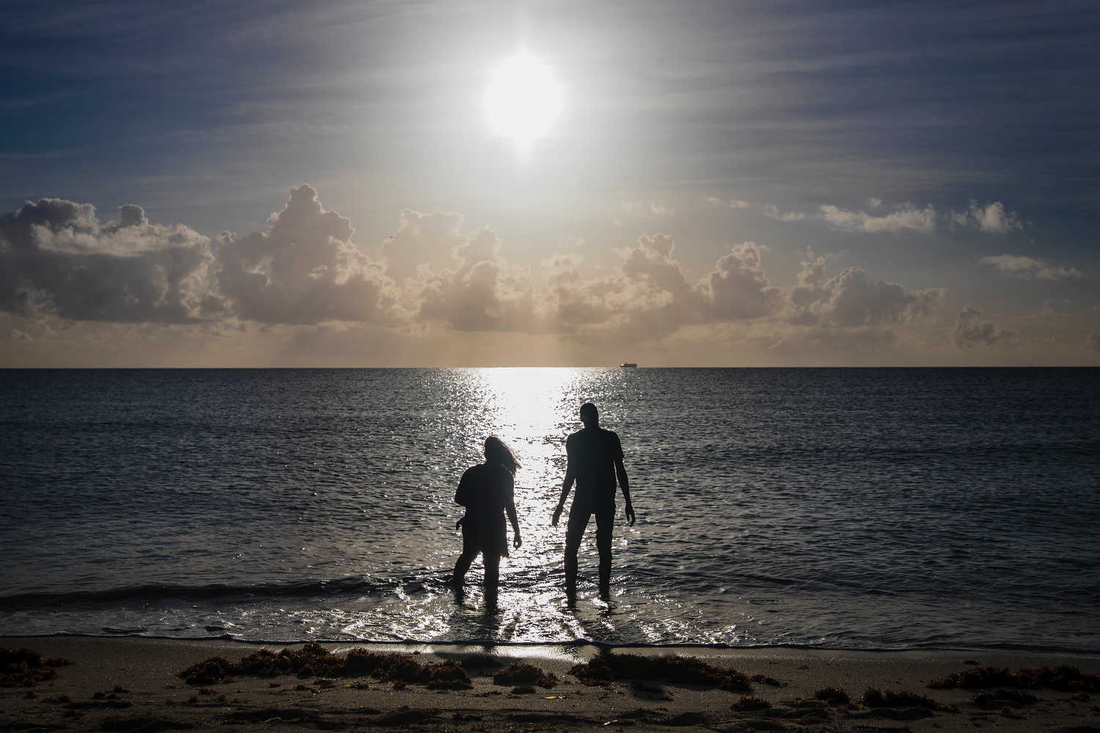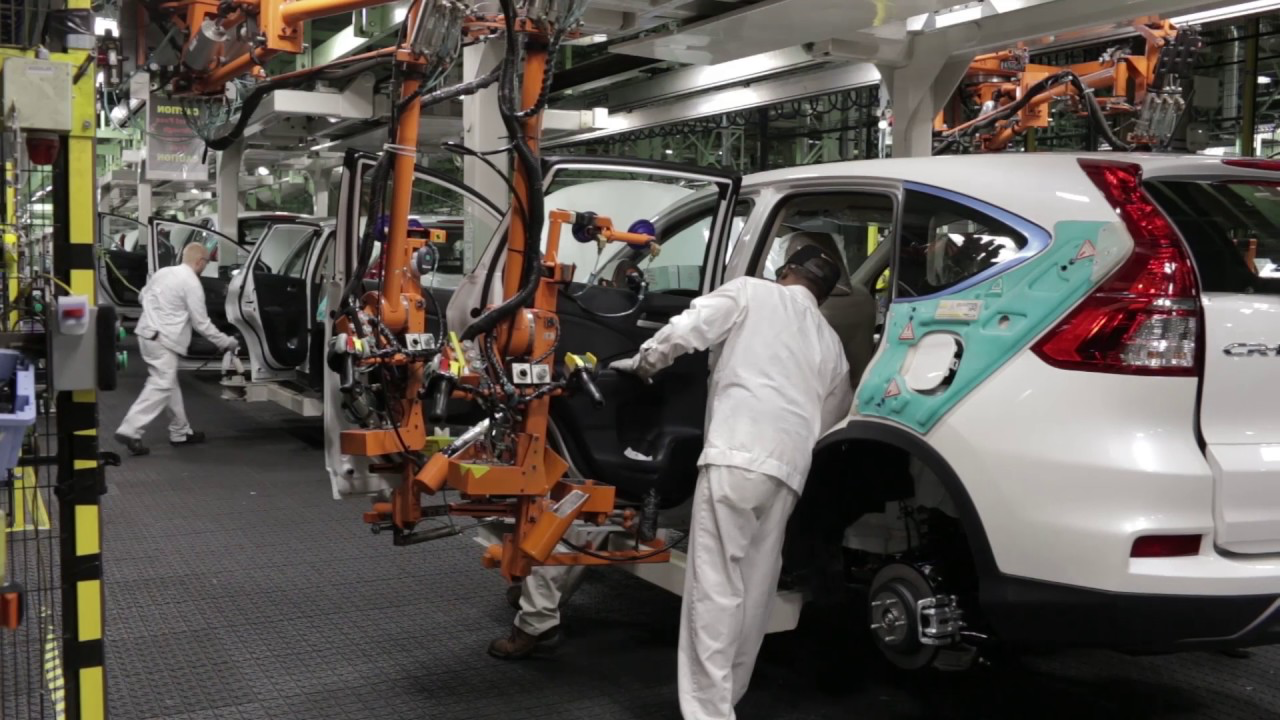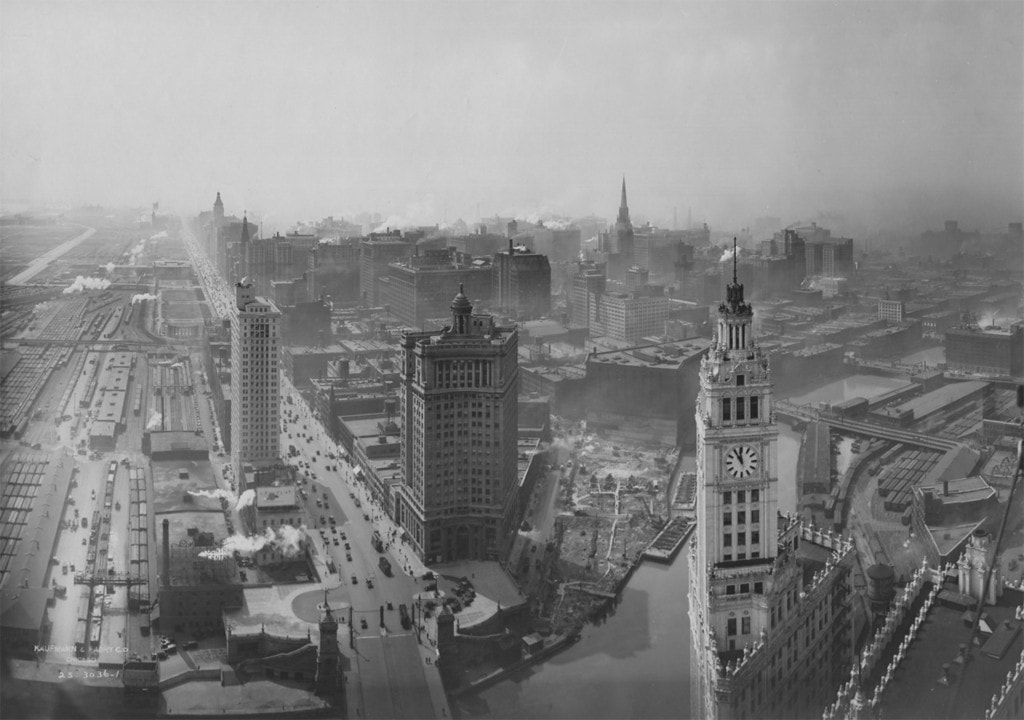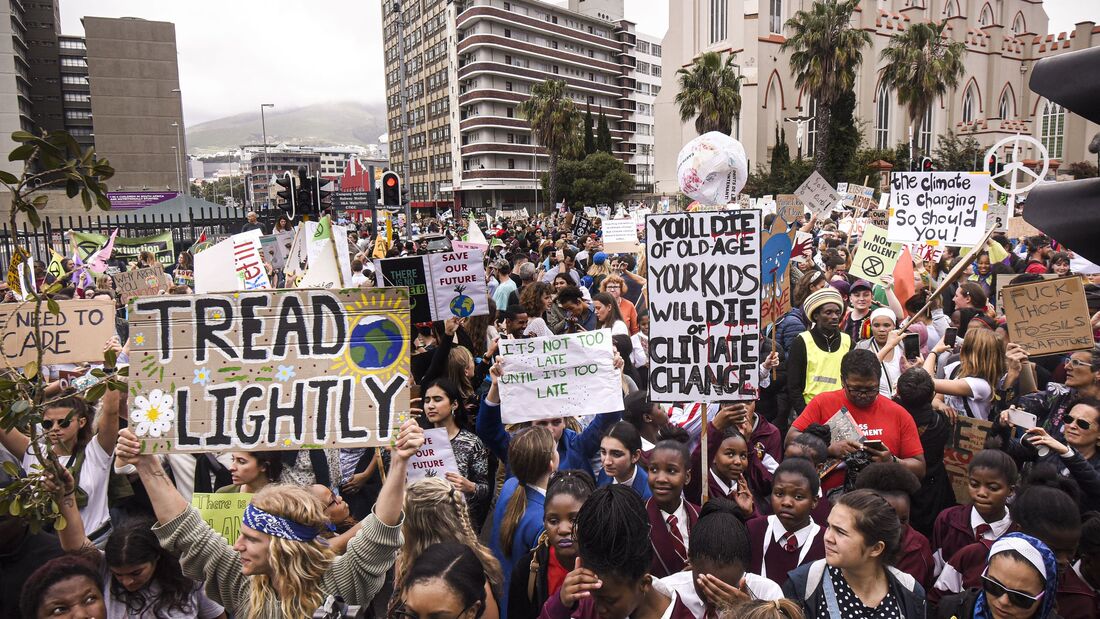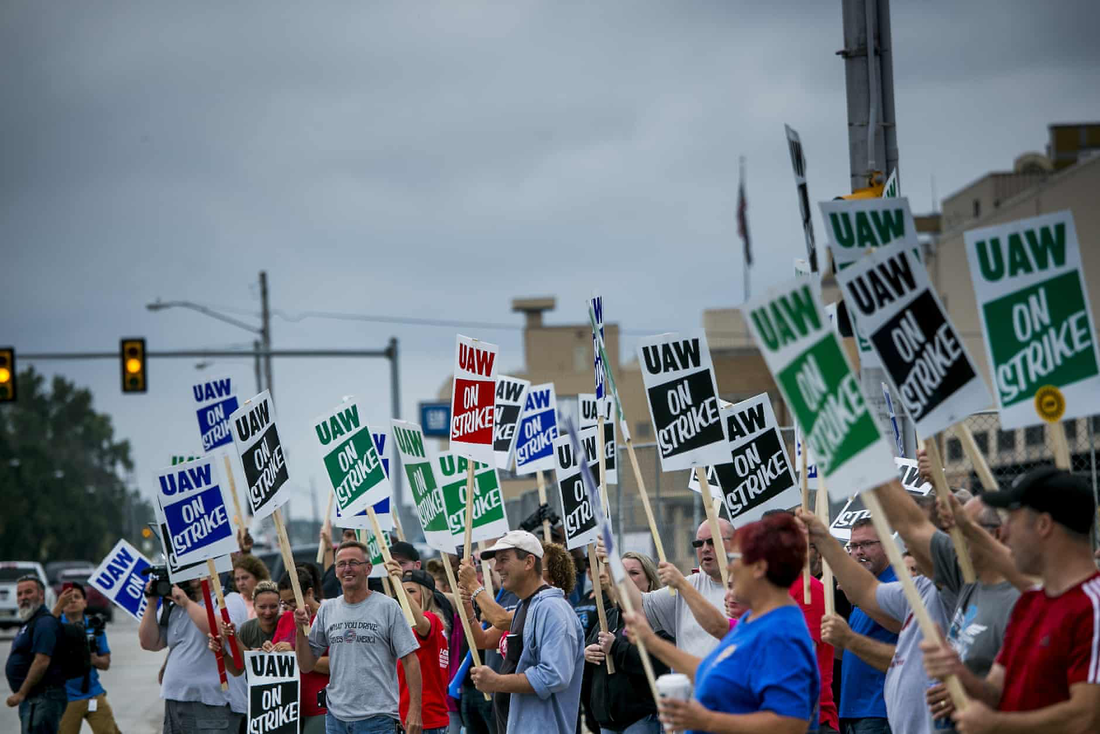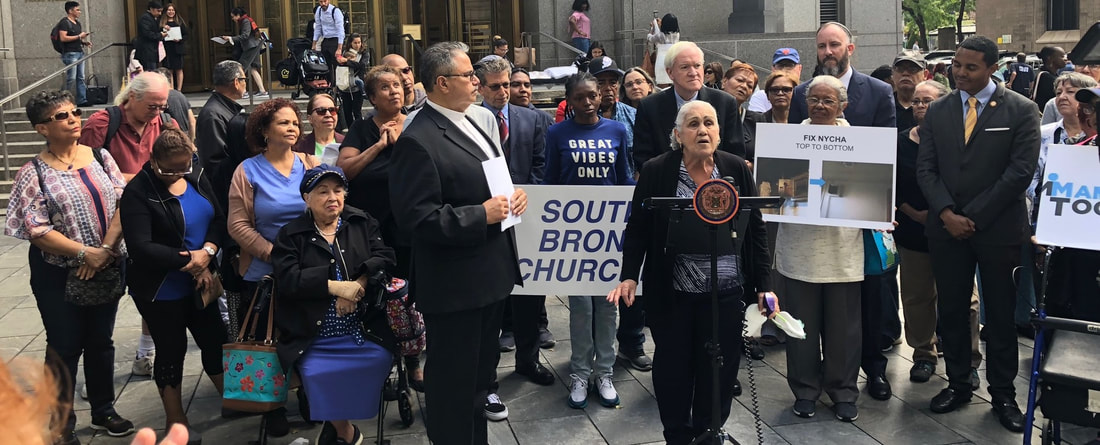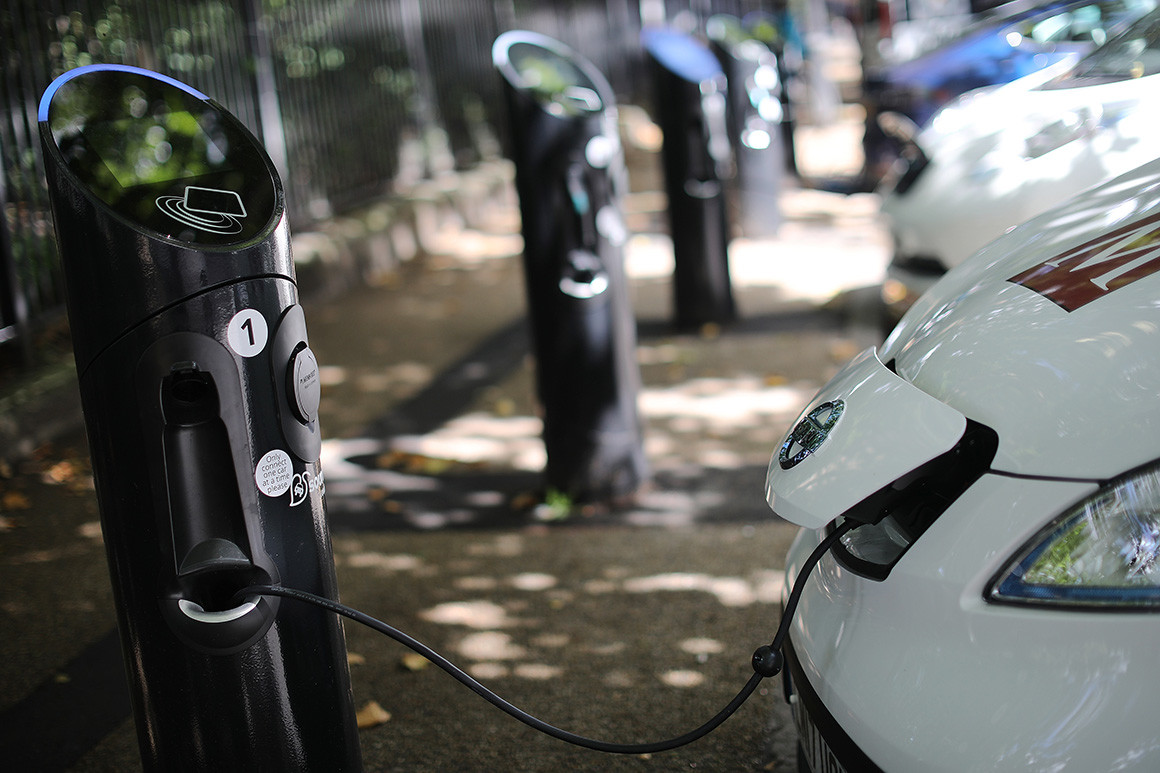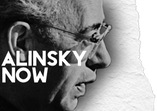|
0 Comments
An Essay by Eric Fretz ([email protected])
Regis University, Denver, Colorado In these challenging times, it’s easy to give up hope, to turn away (if we have the privilege to do so) from the chaos of the world and to retreat into our own private worlds. 'The Plague' not only cautions us against doing so, it provides a road map of thought and action to help us navigate the chaos. As Camus writes toward the end of the novel, “There can be no peace without hope."
In May of 1942, Albert Camus was living near the seaside French town of Marseilles with his second wife, Francine Faure, when he was struck with a tubercular fit that left him short of breath and coughing up blood. His physician recommended he head to a drier climate, so Camus packed up his bags and, sans Francine, headed for St. Etienne, a little village in the French Alps, to recover while Francine traveled back to Oran, Algeria where the couple had previously resided.
A few months later, while Camus was recovering in the Alps and Francine was ensconced in Oran, the allied Army landed in North Africa, effectively preventing Camus and Francine from reuniting. In a letter to Francine, Camus expressed his frustration at being precluded from leaving France by declaring that the two were “[c]aught like rats!” And it was in this exile in the French Alps that Camus began in earnest to imagine and write The Plague, a novel that since its publication in 1947, has perplexed readers and critics alike and which is doubly resonant for us today as we face both the pandemic of covid-19 as well as the continued threat of authoritarianism. The first edition of the novel sold out quickly. Since then it’s never gone out of print, and it has been translated into at least 15 different languages. During times of high anxiety like what we are currently experiencing, it’s not unusual for The Plague to be referenced in opinion articles or for the novel to receive a resurgence of interest among readers and cultural critics. The Plague offers a prescription and a road map on how to live our lives at moments when we stand to lose all that we value most, but stand to triumph in a certain way as well.
Together Louisiana, an advocacy group made up largely of clergy, called on the federal Centers for Disease Control and Prevention to prioritize testing for New Orleans, a hotbed of the epidemic that's home to most of the state's known cases.
Broderick Bagert, an organizer with the group, noted that even with limited testing, the rate of known cases and deaths from COVID-19, the disease caused by the virus, in New Orleans makes the city one of the worst-hit areas of the country. Resources - including testing capabilities - need to be steered to parts of the country battling the worst of the epidemic, including New Orleans, said Rev. Sheron Jackson, a Shreveport minister who's active in the group. ''Direct test capacity to the areas facing the worst outbreaks,'' said Jackson. ''I don't think the outbreak is the most severe in the NBA or the NFL.'' Story here.
What is the connection between a lack of commitment to collective well-being and social disaster in a time of crisis?
Why has it been so difficult for our government to give straight answers about the threat of COVID-19? I don’t know if I have had the coronavirus (COVID-19). What I do know is that I developed pneumonia two weeks after returning to Los Angeles in early February from a visit with my wife’s family in Northern Italy. I started feeling ill on a Friday — aches, chills and overall weakness. By Monday I was coughing. On Wednesday I was in urgent care – four days after reports that Northern Italy was experiencing a major outbreak of COVID-19. After an X-ray determined that I had pneumonia, I asked the attending doctor about being tested for COVID-19. She told me that it was “too expensive” to test everyone. Full story HERE.
Ohio health official estimates 100,00 people in state have coronavirus
"We know now, just the fact of community spread, says that at least 1 percent, at the very least, 1 percent of our population is carrying this virus in Ohio today," Acton said. "We have 11.7 million people. So the math is over 100,000. So that just gives you a sense of how this virus spreads and is spreading quickly." Story HERE.
Have you checked with your local drug store for N95 respirators lately?
“To state it clearly, we are enduring crimes against humanity,” said Verlon M. José, the governor of the Tohono O’odham in northern Mexico and a former vice chairman of the tribal nation on the American side of the border.
“Tell me where your grandparents are buried and let me dynamite their graves,” said Mr. José, emphasizing how visceral an issue the blasting has become among O’odham-speaking peoples. “This wall is already putting a scar across our heart.” NY Times story here. Nevadans for the Common Good: Nevada religious communities unify to magnify the voices of the poor12/17/2019 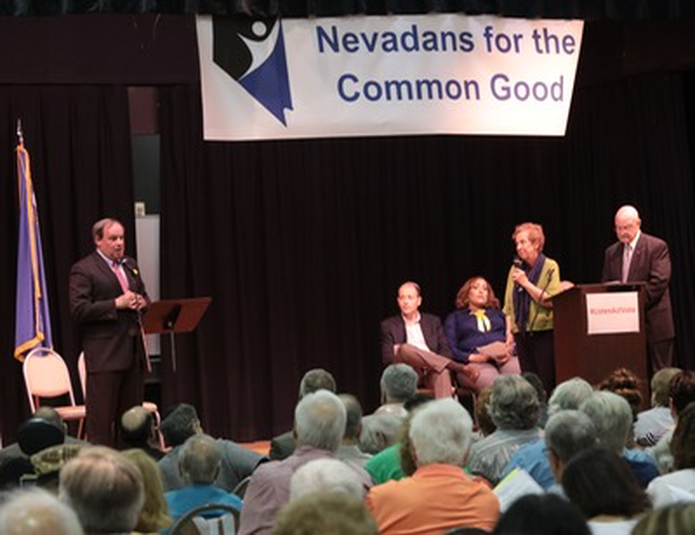
Barbara Paulsen, at right with microphone, a member of Nevadans for the Common Good, listens to Nevada gubernatorial candidate Dan Schwartz agree to support the organization's platform during a candidate program May 8, 2018 at St. Elizabeth Ann Seton Church in Las Vegas. Nevadans for the Common Good is an interfaith coalition that includes the Diocese of Las Vegas and 10 Catholic parishes. (CNS photo/courtesy Nevadans for the Common Good) See IN-DEPTH-POVERTY-NEVADA Dec. 16, 2019.
WASHINGTON (CNS) -- Back in 2017 as hundreds of elderly Nevadans were on a waiting list for the Meals on Wheels program, Natalie Eustice and her friends at Nevadans for the Common Good learned the state was spending just 27 cents a meal for the program.
It was the lowest rate in the country -- by far -- and Eustice, a member of St. Thomas More Parish in Henderson, near Las Vegas, knew it was time for the state to boost funding so the long list could be pared down. Story by Dennis Sadowski, Catholic News Service here. Coloradans for the Common Good (IAF) leaders led a Fast for Farm Workers, joined others in a press conference, and attended a public hearing asking Gov. Jared Polis to remember the farm workers and extend CO Dept. of Labor's protections to them as well. "Every time we eat food grown by unprotected farm workers we are complicit. We consume food grown from ground fertilized by sadness, oppression and isolation." - Rabbi Evette Lutman Colorado Independent story by Forest Wilson here. 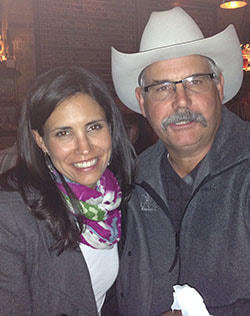
“My daughter and her friend work for Grub Hub and live off tips,” said Donna, “and they live with me because there is no way that they can afford to live on their own.” Donna’s story hit me hard and here is why. (Adrienne McCauley provided this photo of herself and her father, Kelley, a former UTU/SMART TD member, who was able to provide for his family thanks in part to union protections.) My dad made a choice at 18 that if he was going to make a decent living, he could never do so off our family’s struggling cattle ranch in Arizona. So he hired out on the railroad, and with that he joined a union. The first 15 years of Dad’s career were rocky. He was often laid off, sometimes for six months at a time (priority in scheduling went to railroaders with more seniority). Then Mom would get a job, Dad would create a side hustle — working for his father’s plumbing business, hauling freight in a semi-truck, working the family ranch, selling pipe for corrals as I remember — and my parents would nervously piece together their $250 weekly meager income to cover their bills for a family of five. 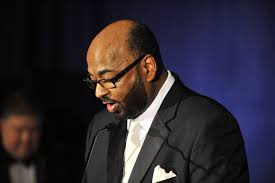
If you ask people what they think about organized labor these days, many - if not most - might respond based on the version of labor depicted in the recent Martin Scorsese film, The Irishman. The filmmaker points his camera at the link between the Teamsters and organized crime in the era of Jimmy Hoffa. So the image portrayed is of profoundly corrupt union officials in cahoots with habitually violent mafia thugs.
While that might make for a dramatic movie - endless as it is - it crowds out any other part of the rich and complex history of organized labor. I grew up in the Midwest and never ran across anyone who resembled the characters in the Scorsese movie. In my community of Fort Wayne, Indiana, organized labor was closely and publicly connected to organized religion. Your pew neighbor during Sunday worship service was often the factory worker next to you on the assembly line during the week. My father was a shop steward in his union and an usher at church. My mother worked in a parochial school and taught in Sunday School. Work and worship, labor and faith, were as married as my parents were. In fact, to my young eyes, the labor movement was another expression of religious activity, somewhat similar to singing in the choir, serving on the usher board, or teaching in Sunday School. We even had ministers in my city who worked in the factory during the week, and ministered to their congregational flock on weekends.
“For years this kind of collaboration between school and city officials has been needed,” added Brigid D’Souza, a parent leader from Jersey City Together, a local advocacy group.
"We still have much further to go, but we look forward to seeing working water fountains in all these schools in the coming weeks and months.”
Story here
500 leaders, from close to 30 institutions around the Denver Metro area, gathered last night for the Founding Assembly of Coloradans for the Common Good.
Candidates from Denver, JeffCo and Aurora showed up and committed their support to the organization's agenda.
... Speaker Nancy Pelosi’s decision to start an impeachment inquiry is the first step toward a possible congressional indictment of the president. It can also be seen as an attempt to diagnose whether or not the country needs constitutional chemotherapy.
Braving the threat of rain and a thunderstorm, 120 Fox River Valley Initiative leaders, allies and neighbors gathered under a tent at 1212 Larkin in Elgin, Illinois on the afternoon of Friday, September 27, to celebrate groundbreaking for an affordable housing development.
The development will have 10 dedicated units for people with mental or physical disabilities with onsite case management. The other 38 units will be 2-3 bedroom apartments for people living between 30 and 60 percent of the area’s medium income. Elgin’s Mayor Dave Kaptain expressed his appreciation to the Fox River Valley Initiative for organizing and bringing the vision of 1212 Larkin to Elgin. He observed, “My vision is to bring quality housing for every citizen of Elgin.” Under his leadership, the city council had voted 8-0 in support of the project.
Twenty years after the first living-wage law was passed in Baltimore, the campaign’s lead organizer warns that the model has been watered down. This prescient piece written by Jonathan Lange in 2014 for the Nation is an even more urgent read NOW.
The World’s Oceans Are in Danger, Major Climate Change Report Warns
Climate change is heating the oceans and altering their chemistry so dramatically that it is threatening seafood supplies, fueling cyclones and floods and posing profound risks to the hundreds of millions of people living along the coasts, according to a sweeping United Nations report issued Wednesday. MORE
Hundreds of people gathered on Chicago's West Side to talk with Mayor Lori Lightfoot about the city's most pressing problems, from gun violence to housing concerns. Community members and leaders representing a coalition of nearly 100 religious and civic groups gathered at DRW College Prep in Homan Square Sunday afternoon.
United Power for Action and Justice is the coalition behind Sunday's meeting. The group emphasizes offering pragmatic solutions rather than "pie in the sky" ideals. While the coalition said they appreciated Lightfoot's words Sunday, the group said it's time to translate those remarks into results. MORE
Honda is among a growing number of big companies turning to renewables as wind and solar become two of the cheapest sources of power available and as customers and investors push them to fight global warming. Corporate clean-energy purchases hit an all-time high of 13.4 gigawatts in 2018, according to BloombergNEF. They’re on track to break that record this year. MORE
Saul Alinsky launched the Campaign Against Pollution (CAP) in 1969 with a column written by Mike Royko in the Chicago Daily News. Included was a tear out form seeking names, addresses and phone numbers of individuals interested in combatting air pollution generated by the electric company, Commonwealth Edison.
Several hundred individuals responded. They were contacted by representatives of Alinsky’s non-profit the Industrial Areas Foundation (IAF) and invited to a public meeting. That meeting happened on January 15, 1970. It was attended by 400 (as reported in the Chicago Tribune). Taking off from there, a full blown IAF organizing project of a distinctly different character from past efforts emerged. The other IAF inspired organizations had either foundered after making major impacts (Rochester; Buffalo), split away from IAF connections (CSO in California) or lost a citizen organizing focus (The Woodlawn Organization; Back of the Yards Neighborhood Council). In the absence of live exemplars, invention was the order of the day. Alinsky believed CAP embodied a turn towards the middle class where a wealth of opportunities for building and exercising citizen power resided. Something called Earth Day was in the works for April 25, 1970. It was an idea dreamed up by Senator Gaylord Nelson to highlight environmental issues. CAP’s plan was to capitalize on the energy provoked by those concerns.
Demonstrators protest during a United Auto Workers strike outside the General Motors’ Flint Assembly plant in Flint, Michigan. Photograph: Anthony Lanzilote/Bloomberg via Getty Images
In their first strike in over a decade, union members are prepared to settle in for the long haul: ‘If we win, everyone wins’ “This is a strike for the little guy,” D’Andre Jackson said, as he held a banner that read “UAW ON STRIKE” outside General Motors’ sprawling Flint Metal Center in Michigan. Story.
On Friday 9/13/19, SBC, Manhattan Together IAF and METRO IAF NYleaders were joined at a Press Conference by CM Ritchie Torres. We supported the appointment of an Ombudsperson who can make New York City Housing Authority (NYCHA) properly remediate mold and leaks when they fail to do so. We also demanded that they start fixing or replacing roof fans and cleaning vents now. At the 3 PM hearing, the Judge said he would not make a decision that day (and it's out clear how quickly it will go into effect throughout NYCHA) , but that the "parties should get ready." Nothing is guaranteed, but it looks positive!
Electric vehicles could make up nearly half the fleet of passenger cars and trucks by 2040. But oil and gas companies are striking back.
The oil industry is trying to crush the booming electric car movement. Groups backed by industry giants like Exxon Mobil and the Koch empire are waging a state-by-state, multimillion-dollar battle to squelch utilities’ plans to build charging stations across the country. Environmentalists call the fight a reprise of the “Who Killed the Electric Car?” battles that doomed an earlier generation of battery-driven vehicles in the 1990s. Full story by Gavin Blade in Politico. |

